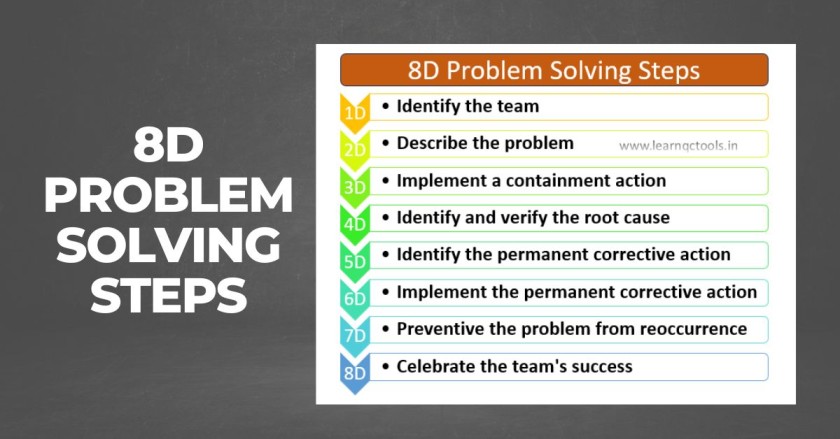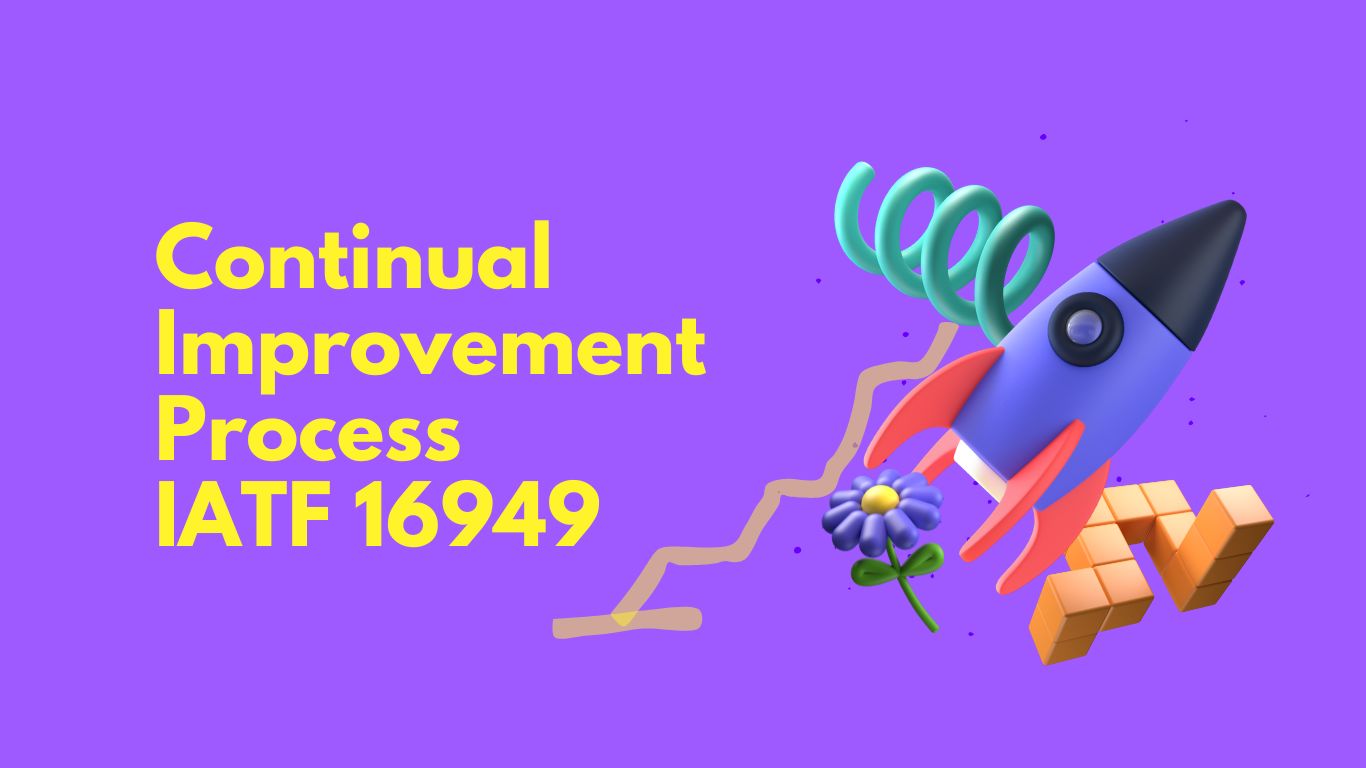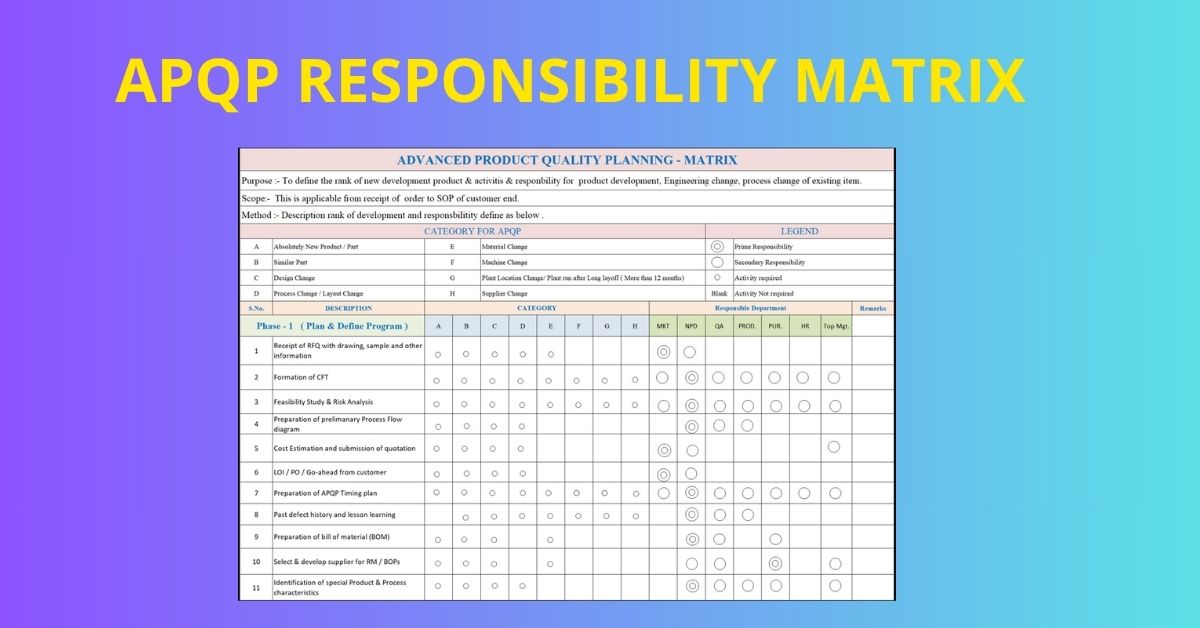How to implement business plan in manufacturing industry
Process Scope This process is applicable for establishing a system for strategic business plan and monitoring relevant measurable objectives to enhance the organization’s performance to achieve business goals and to ensure overall business growth. Process Owner Top Management (MD/Plant Head) Process Description Identify all the internal and external issues that affect the company’s business policies … Read more










